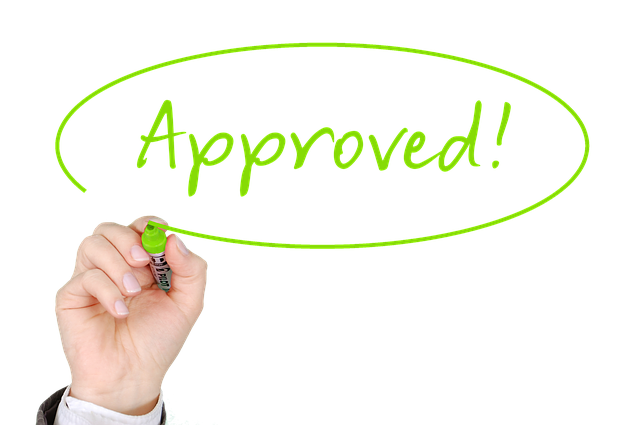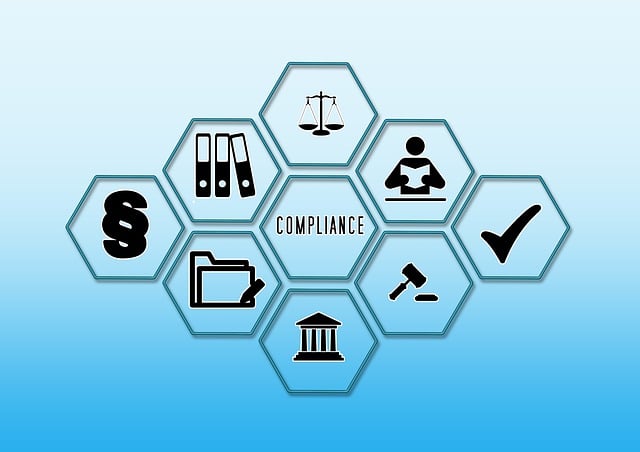Securing an equipment loan requires understanding and meeting strict credit requirements through accurate financial statements and comprehensive documentation. Lenders assess borrowers' stability using income, balance sheets, tax returns, and ID papers. Preparing these documents carefully improves eligibility, increases success rates, and facilitates access to funding for business expansion or operations. Adhering to credit standards and providing transparent financial records enhances loan applications, making them more appealing and increasing the chance of approval.
In today’s digital era, securing an equipment loan is a pivotal step for businesses aiming to expand their operations. This comprehensive guide delves into the key aspects of an equipment loan readiness assessment, focusing on understanding stringent credit requirements for loan approval. We explore the significant role financial statements play in these assessments and outline essential documents needed for a seamless application process. Additionally, we provide actionable tips for identifying areas of eligibility improvement and practical strategies to strengthen your loan application.
- Understanding Credit Requirements for Loan Approval
- The Role of Financial Statements in Equipment Loan Assessments
- Documents Needed: Ensuring a Seamless Application Process
- Identifying Areas for Eligibility Improvement
- Practical Tips to Strengthen Your Loan Application
- Optimizing Loan Readiness: A Comprehensive Checklist
Understanding Credit Requirements for Loan Approval

Understanding Credit Requirements for Loan Approval is a crucial step in the equipment loan process. Lenders will assess your financial health based on various factors, primarily focusing on creditworthiness and risk evaluation. Financial statements, such as income statements, balance sheets, and cash flow projections, are essential documents that provide insight into your business’s financial stability. These statements should be up-to-date and accurately reflect your company’s monetary position.
Along with financial statements, lenders typically require specific documentation to verify your eligibility for a loan. This may include tax returns, business registration details, and personal identification papers. To strengthen your loan application tips, ensure all documentation is complete, accurate, and meets the lender’s criteria. By addressing these credit requirements, you can increase your chances of securing the equipment loan needed for your business expansion or operations.
The Role of Financial Statements in Equipment Loan Assessments

Financial statements play a pivotal role in equipment loan assessments, providing lenders with a comprehensive view of a borrower’s financial health and eligibility for credit. These statements, typically including income, expenses, assets, and liabilities, offer insights into the borrower’s ability to repay the loan. Lenders carefully analyze these documents to determine if the borrower meets the required credit criteria for equipment financing. By examining historical financial performance, lenders can predict future cash flows and assess risk, ultimately influencing their decision on loan approval.
When applying for an equipment loan, thorough preparation of financial statements is crucial. Ensuring accuracy and completeness of documentation significantly improves eligibility chances. Borrowers should organize and present these records in a clear manner, highlighting key metrics relevant to the loan application. Understanding what lenders look for in financial statements can provide valuable loan application tips, enabling borrowers to showcase their financial stability and increase their chances of securing favorable terms and loan approval.
Documents Needed: Ensuring a Seamless Application Process

When preparing for an equipment loan, understanding what documents are required is crucial for a seamless application process. Lenders will typically ask for various financial statements, such as income and expense details, balance sheets, and cash flow projections. These documents help assess your business’s financial health and eligibility for a loan. It’s essential to gather and organize these records in advance, ensuring they are accurate and up-to-date.
To streamline the loan application process, consider improving your eligibility by providing comprehensive documentation. This may include tax returns, business licenses, and any existing loan agreements or credit references. Following these loan application tips can significantly enhance the chances of a swift and successful approval, allowing you to secure the necessary funding for your equipment acquisition without delay.
Identifying Areas for Eligibility Improvement

Identifying areas for eligibility improvement is a crucial step in enhancing your chances of securing an equipment loan. Lenders often assess borrowers’ financial health through credit requirements and review key aspects such as revenue, cash flow, and asset positions, reflected accurately in financial statements. These documents provide insights into your business’s stability and ability to repay the loan. One common area for enhancement is ensuring all necessary documentation is in order. This includes providing clear and up-to-date financial records, business licenses, tax IDs, and any other requested paperwork.
When applying for a loan, consider these loan application tips: streamline your financial disclosures, ensure precise data, and maintain organized documents. Addressing potential red flags early on can expedite the loan approval process. By demonstrating responsible financial management and solid eligibility through comprehensive documentation, you increase your likelihood of gaining access to funding for your equipment needs.
Practical Tips to Strengthen Your Loan Application

When preparing for an equipment loan, strengthening your application can significantly increase your chances of approval. One key aspect is ensuring compliance with credit requirements. Lenders will carefully review your financial statements to assess your creditworthiness, so keeping them up-to-date and accurate is essential. Transparency in your financial records builds trust and makes it easier to meet the necessary criteria for loan approval.
Additionally, gathering all the required documentation can streamline the process. This typically includes personal and business identification documents, proof of income, and detailed financial statements. Organizing these beforehand demonstrates preparedness and improves your eligibility. Remember, providing comprehensive information showcases your responsibility, making your application more attractive to lenders.
Optimizing Loan Readiness: A Comprehensive Checklist

Optimizing Loan Readiness involves a thorough understanding and preparation of essential documents and financial information. Before submitting a loan application, gather all necessary documentation to streamline the process. Financial statements, such as income tax returns and bank statements, play a crucial role in demonstrating your financial health and eligibility for the loan. Ensure these records are up-to-date and accurately reflect your assets and liabilities.
To enhance your chances of loan approval, improve your eligibility by addressing any gaps or shortcomings in your application. Review the credit requirements and ensure your credit score meets the lender’s standards. Provide complete and accurate information to avoid delays. Additionally, consider seeking guidance on loan application tips from financial advisors or lenders, who can offer insights into what makes a strong application, ultimately increasing your chances of securing the funding you need.














